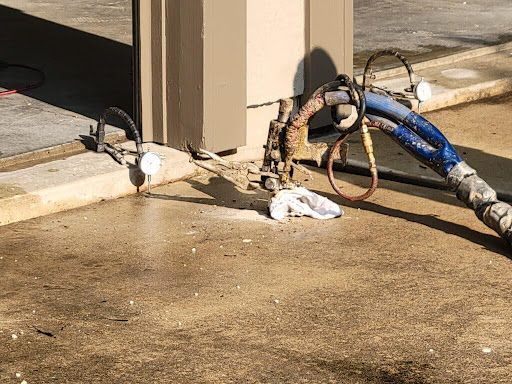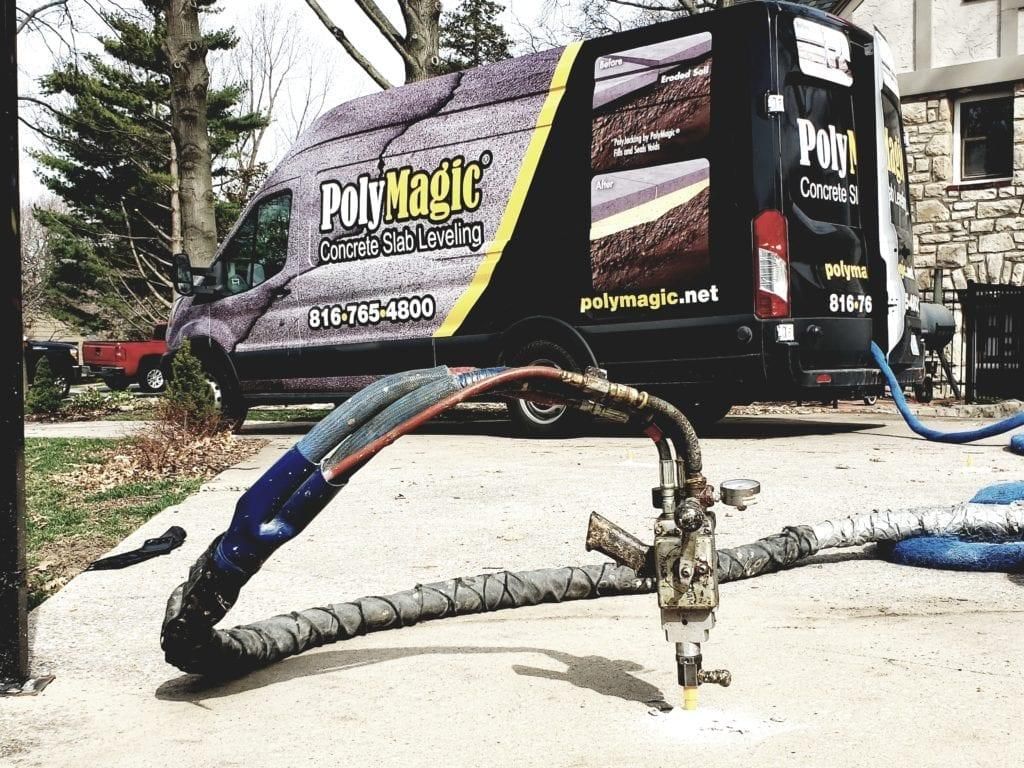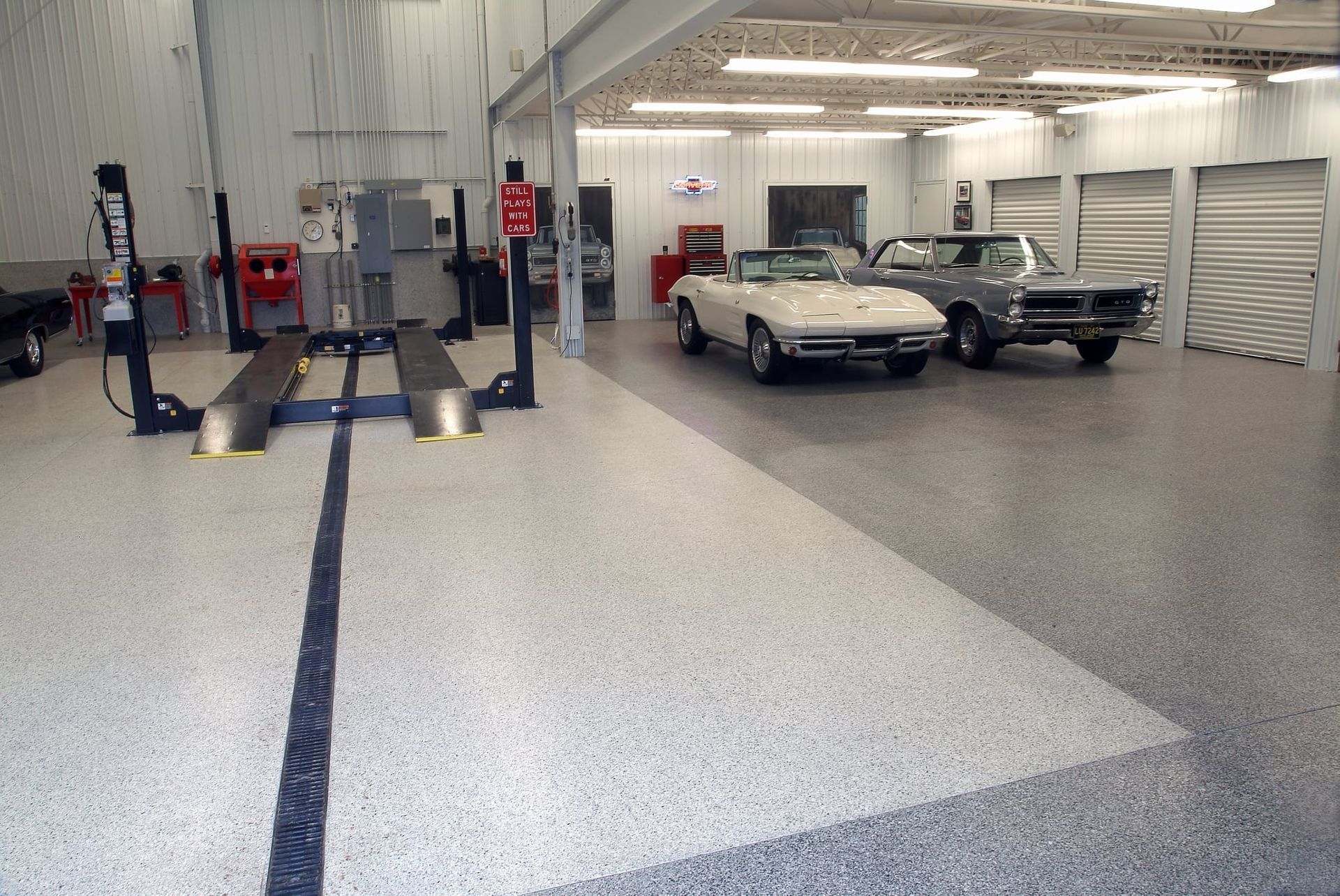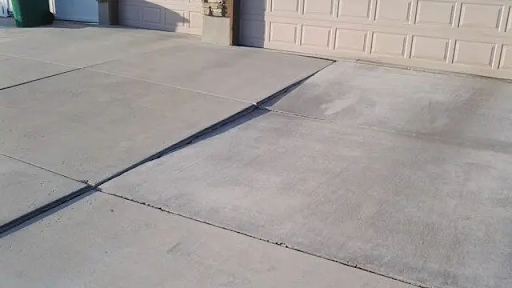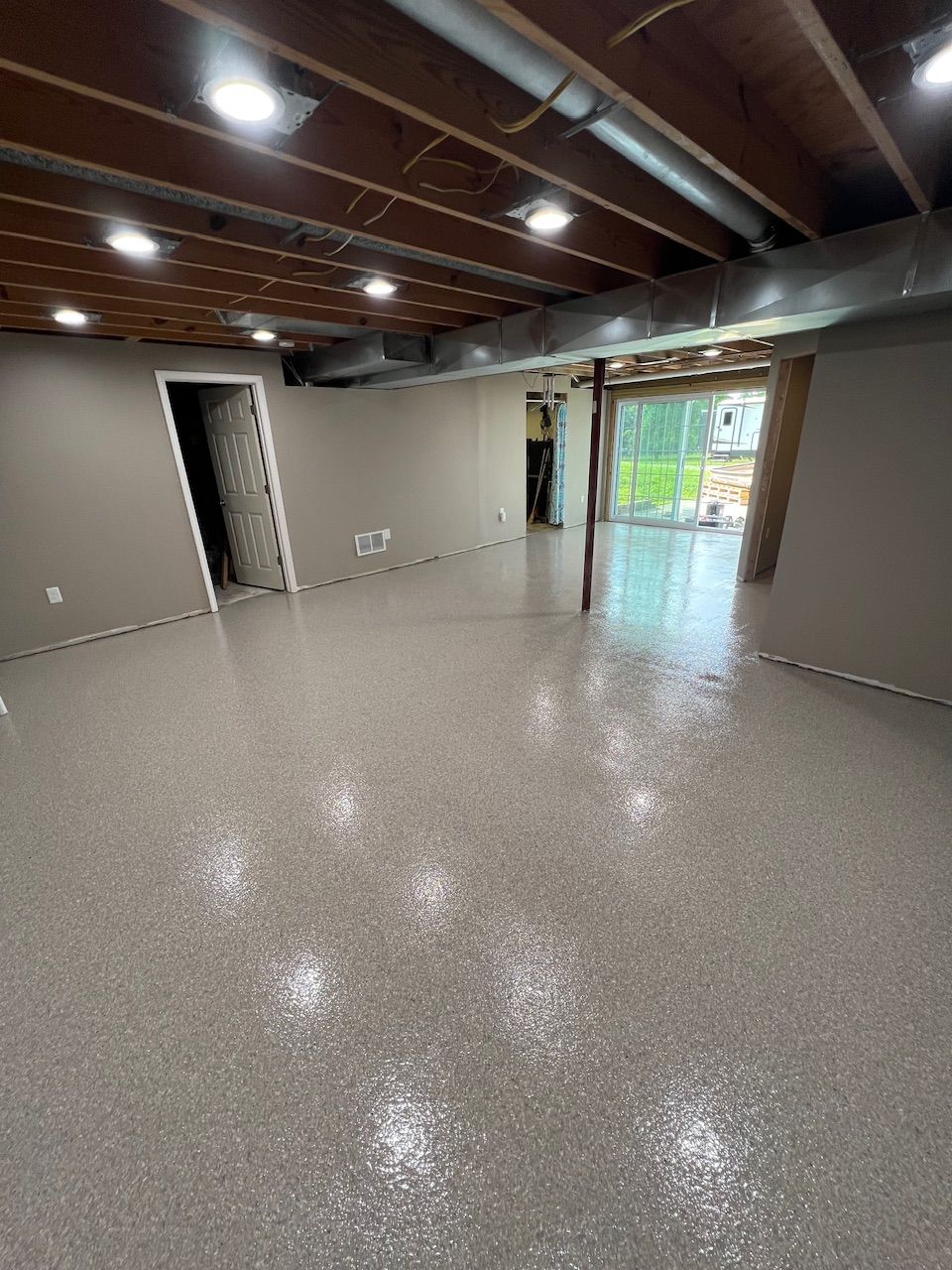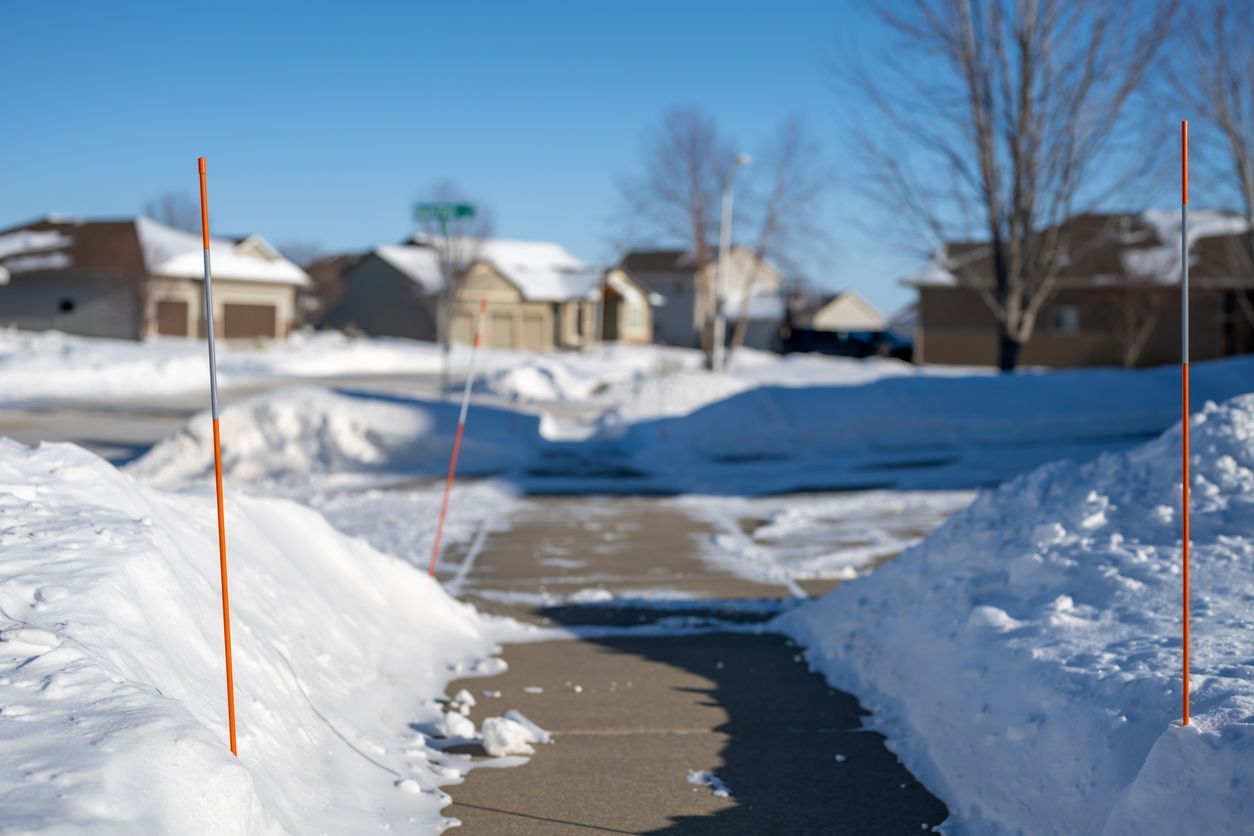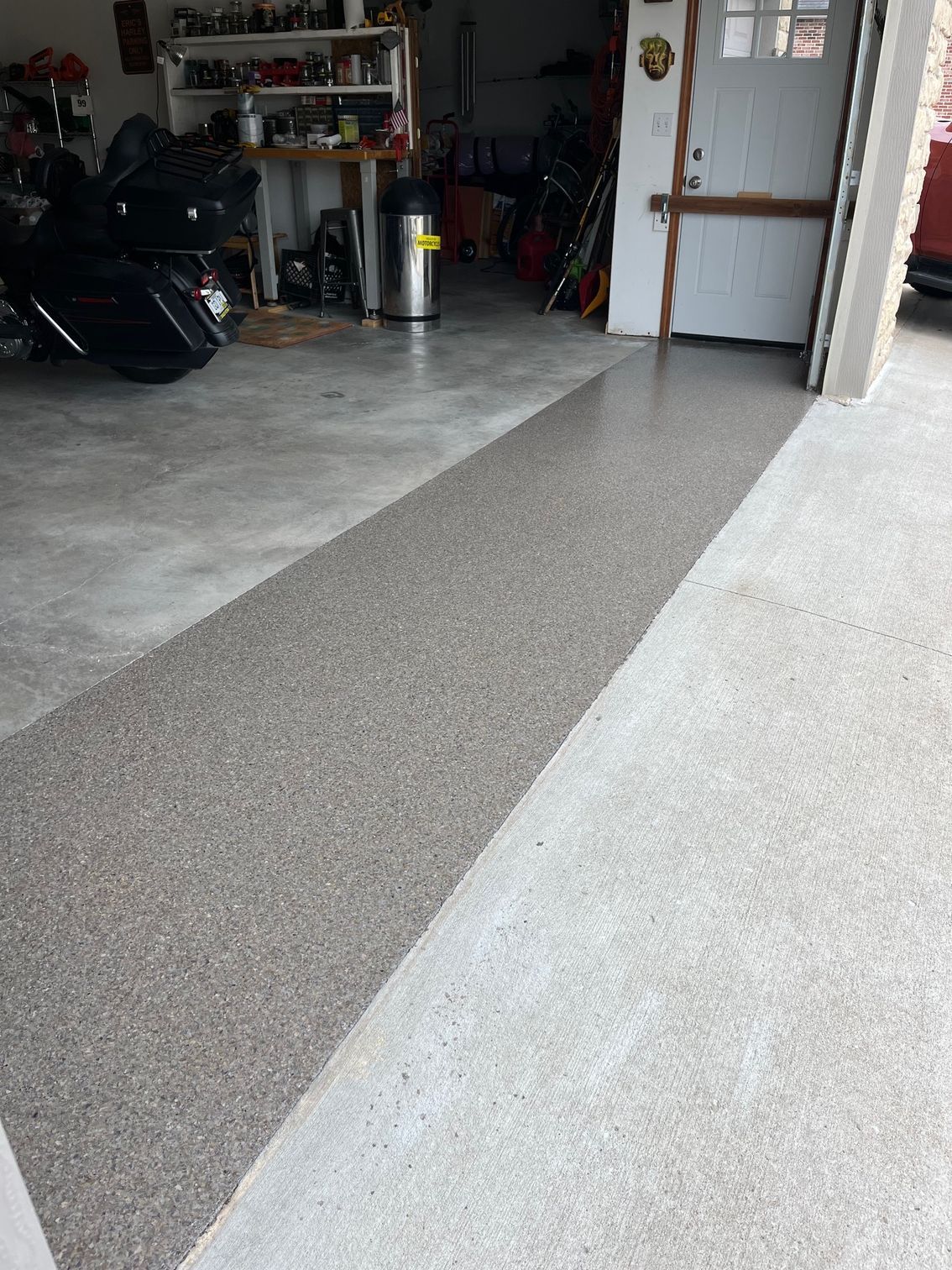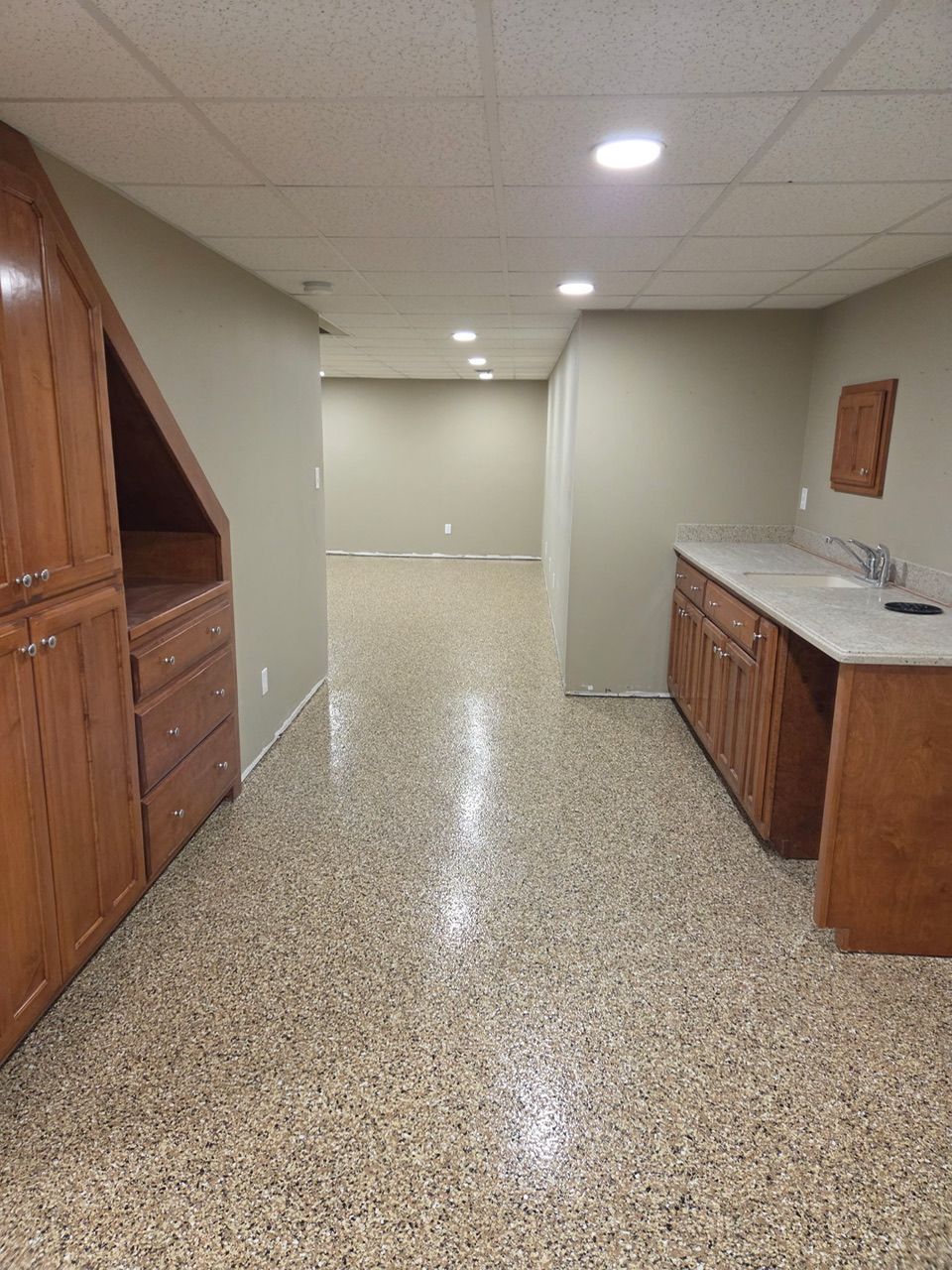Protecting Your Concrete from Summer Droughts in Kansas City Metro & Mid-Missouri
Though summer drought may seem like a dry spell, it can cause big damage to your concrete, starting from the shrinkage or pulling away. Such surface damage is a common issue during this season. You will see visible cracks, uneven settling, and surface damage that reduce the strength of the driveways, patios, and foundations. In severe cases, moisture loss of the soil continues and makes the concrete brittle and break apart.
Without proper care, these effects worsen over time, resulting in costly repairs. Read on to learn how drought ruins your concrete and what preventative measures you can consider to stop lasting damage.
THE IMPACT OF SUMMER DROUGHTS ON YOUR CONCRETE
1. SOIL SHRINKAGE
Soil shrinkage is the most common factor to see. It mainly occurs when the shrinking water decreases in the soil, which causes changes in its pore structure. As the soil dries and the water content decreases, it leads to a reduction in soil volume.
More specifically, the clay soils are susceptible to shrinking more as the mineral composition is higher in them and can retain more water.
Sandy soils, with larger particles, have less water retention and cause less shrinkage. However, shrinkage causes cracks in the soil itself, which causes settling and uneven pressure on the concrete and often structural damage.
2. INCREASED RISK OF SURFACE DAMAGE
When the concrete dries too much, it becomes brittle. In severe cases, the surface of the soil starts to erode, and often the outer layer breaks and gets apart. It is mainly due to the extreme heat and UV radiation exposure on the protective sealants applied to concrete surfaces. The slope crack might widen and can lead to spalling.
Even chemical changes in the concrete surface due to the UV rays make the concrete discolored and bleached. It fries off the epoxy-based sealants and creates holes, which increase the risk of trip hazards as well.
3. FOUNDATION SHIFTING AND SETTLING
During summer droughts, the lack of rainfall causes water absorption, leading to a reduction in the soil volume, often by 10–20% or more. With less water retention, the soil shrinks, contracts, and pulls away from the foundation. All this creates gaps and voids beneath the concrete or slab.
However, as the moisture level around the foundation can vary, some soils in areas shrink more than others. This uneven shrinkage leads to differential settling and foundation movement.
With the heat increasing, the soil becomes harder and more compact, something that leads to soil consolidation. Some of the noticeable consequences include:
- Doors and windows that stick or fail to close properly
- Separation or gaps in brick veneer or exterior walls
- Cracks in concrete slabs, driveways, or patios
- Sloping or uneven floors
4. CONCRETE SLAB MOVEMENT
As a like foundation movement, you can see signs developing in the concrete slab as well, due to droughts. It also results from soil shrinkage and uneven moisture loss beneath the slab. When the clay or the fine-grained soils dry out under the slab, they contract, reduce the volume, and pull away from the slab’s underside.
It often creates gaps where the soil no longer supports the concrete evenly, and slabs start to crack or shift. Even when drought ends and rain returns, the previously dried soil absorbs water, expands, and causes heaving or upward displacement.
5. WATER DRAINAGE ISSUES
In case droughts stay for a longer period, which is common in the midwest region, the concrete develops shrinkage, create gaps, and affect the natural drainage system around the property. In most cases, slopes developed by the shrinkage direct drainage water toward the foundation instead of away from it.
That’s the reason it is common to face water pooling in the summer season near the home, increasing the risk of basement flooding. Even when the drought occurs, vegetation may die off, causing an increase in fallen leaves and debris. This eventually clogs drainage systems, such as gutters or storm drains, increasing hydrostatic pressure against foundation walls.
6. THERMAL EXPANSION AND CONTRACTION
Concrete naturally expands when heated and contracts when the temperature goes down. The average coefficient of thermal expansion for concrete is about 10 millionths per degree Celsius. It means a 30-meter-long concrete slab can expand or contract by about 1.7 centimeters with a 38°C temperature change.
In case this expansion cycle exceeds the concrete’s tensile strength, it forms cracks, which are known as thermal cracking. Uneven expansion causes the concrete slab to warp or chip at the edges. It is especially in pavements and driveways. In the worst case, repeated expansion can even reduce the load-bearing capacity.
OTHER WARNING SIGNS OF CONCRETE DAMAGE DUE TO DROUGHT
Not even the above ones are enough. Here are some more common signs of How Summer Droughts Can Ruin Your Concrete. The below indicate signs of shrinkage, foundation movement, or surface deterioration due to summer drought conditions:
- Uneven or unlevel concrete sidewalks, driveways, and steps
- Sinking concrete steps or slabs
- Gaps between the soil and the foundation or around exterior walls
- Bowed or leaning walls
- Chimneys or porches leaning or tilting away from the home
- Discoloration or patches on concrete surfaces
- Gaps around cabinets, baseboards, or exterior trim
- Separation or gaps in brick veneer or siding
- Loose or cracked grout and tiles on floors
HOW TO PREVENT DAMAGE FROM SUMMER DROUGHTS?
Now that you know how summer drought affects the concrete, PolyMagic has listed some prevention measures you can apply to deal with the issue:
REGULAR SOIL MOISTENING AROUND FOUNDATION
Use a soaker hose or drip irrigation placed about 18–22 inches from the foundation, and keep soil moisture consistent. It prevents soil shrinkage.
CLEAN GUTTERS AND DRAINAGE SYSTEMS
Ensure to maintain a clean and well-functioning drainage system to ensure rainwater is diverted away from the foundation. This way, you can prevent water pooling and erosion.
PROPER YARD GRADING
Check whether the landscape slopes away from the home. It helps to prevent the accumulation of water near the foundation, which can cause soil expansion.
USE POLYJACKING OR SLABJACKING FOR CONCRETE REPAIRS
For the sunken or cracked slabs, professionals often recommend polyurethane foam or grout lifts. It stabilizes concrete without full replacement more effectively.
PLANT TREES AND VEGETATION STRATEGICALLY
Trees reduce soil erosion and improve moisture retention. But they should be planted away from foundations to avoid root damage during drought.
Summer droughts can cause serious damage to your concrete by drying out and shrinking the soil under it. As the issue grows gradually, you start to feel the effect on your living and safety as well. So it is better to have a timely intervention.
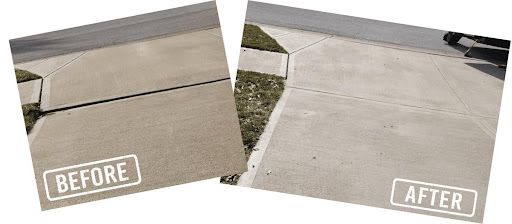
PolyMagic offers expert solutions for concrete lifting and leveling, foundation grading, and drainage solutions. Contact us today for reliable and long-lasting repairs that restore durability.

